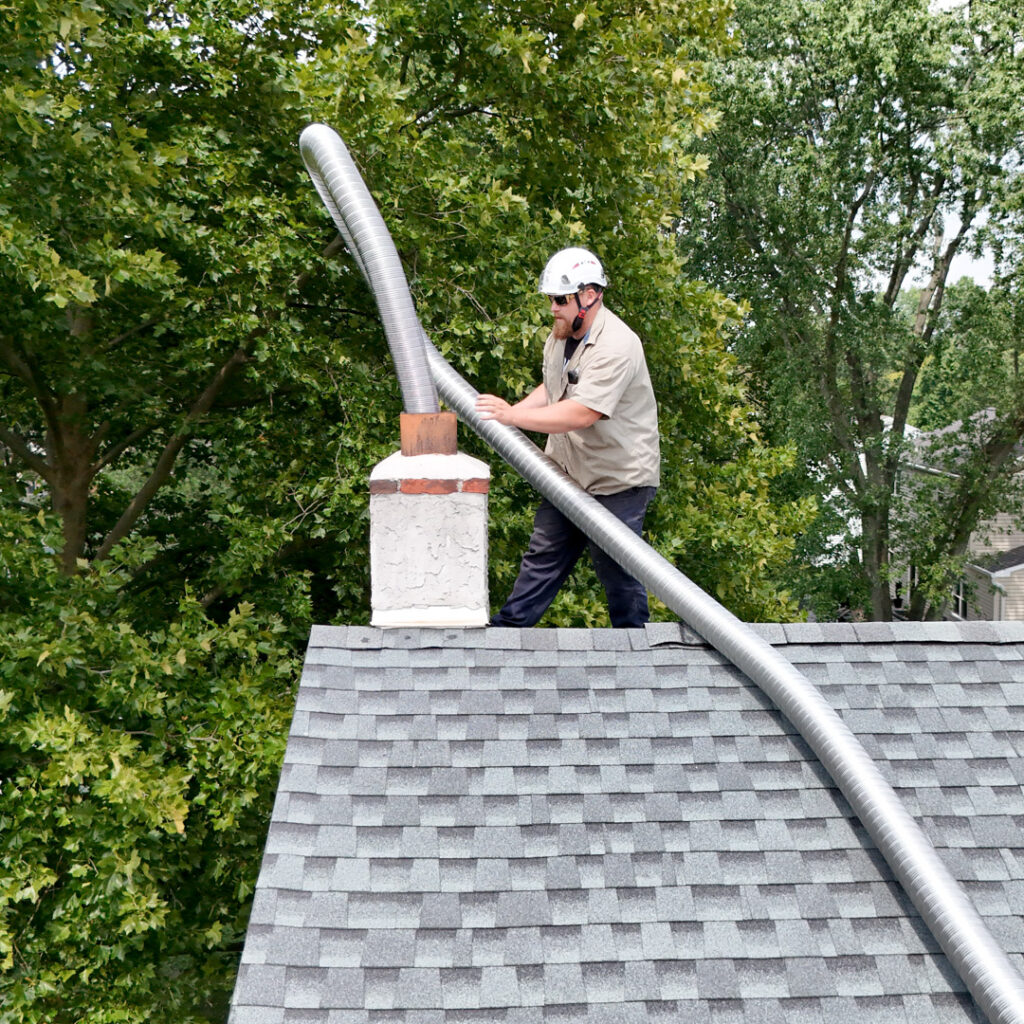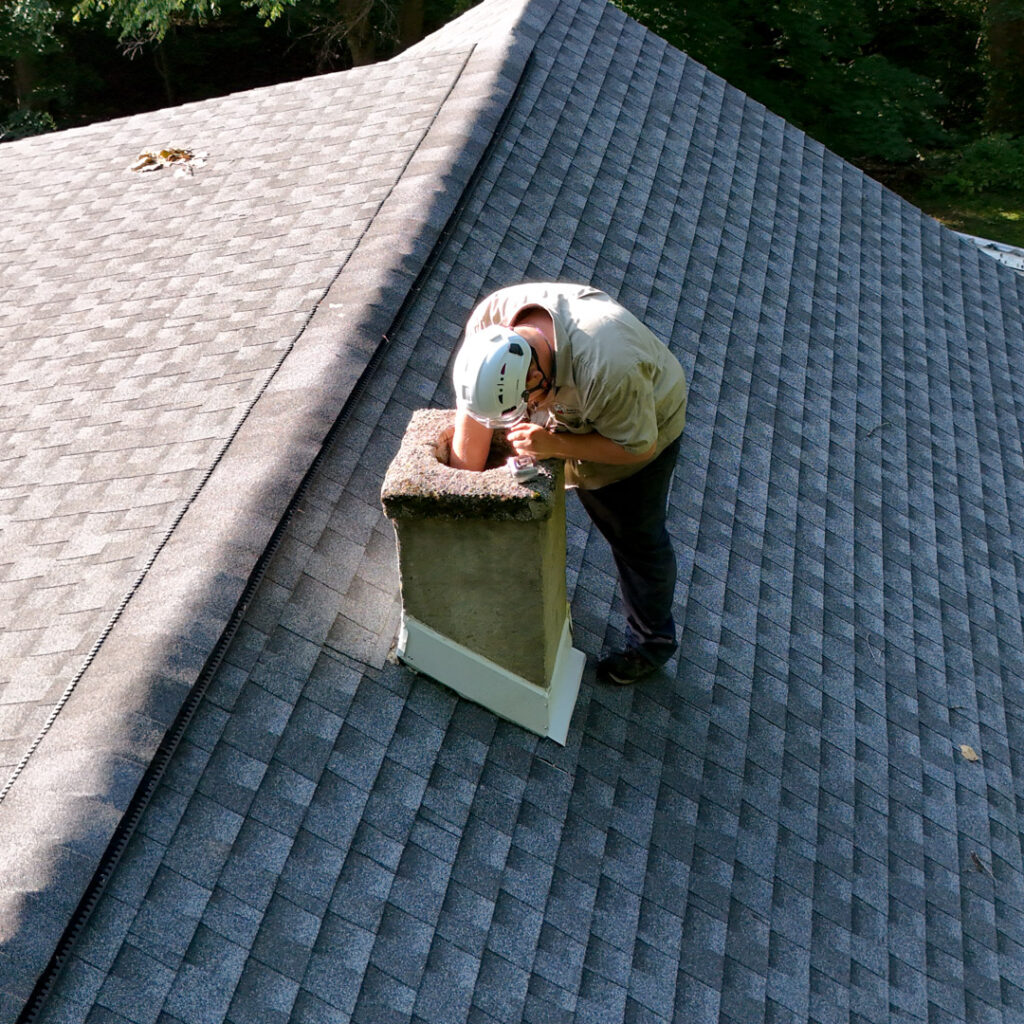Why A Furnace Flue Inspection Is Important
During the long winter months, many Pennsylvanians across the Lehigh Valley rely on their furnaces to keep their homes and families warm. But it’s not just the dead of winter; cold snaps in the fall and even into the spring often have residents turning to their furnaces for comfort. As one of the most used appliances in the home, regular maintenance, including annual furnace flue inspections, will help ensure it doesn’t leave you out in the cold. While many homeowners focus on the appliance itself, a furnace flue inspection is also essential. Here’s why:
 Is Your Furnace Flue a Fire or Health Hazard?
Is Your Furnace Flue a Fire or Health Hazard?
Your furnace flue is responsible for safely expelling combustion byproducts, including hazardous gases like carbon monoxide, from your home, much like a chimney flue does with a fireplace. When this vital pathway is compromised, the consequences can be life-threatening. Carbon monoxide, an invisible, odorless, and tasteless gas, is hazardous because it’s impossible to detect without a carbon monoxide detector (CO). A blocked or damaged flue can lead to the “blowback” of this poisonous gas, allowing it to silently seep into your living space and pose a severe health risk to your family and pets.
Several other issues can also occur without a furnace flue inspection:
Corrosion
Gas and oil furnaces produce acidic condensate, which can corrode the flue lining. This deterioration can cause bits of the liner to break off, creating obstructions and further increasing the risk of dangerous gases entering your home. A compromised liner can also allow the intense heat to transfer to nearby combustible materials, resulting in a fire.
Blockages
Animal nests, debris, snow accumulation, or crumbling chimney masonry can all lead to significant blockages within the flue. These obstructions prevent the proper venting of exhaust gases, forcing them back into your home. The organic matter can also become a fire hazard, combusting into flames when the temperature in the furnace flue gets too hot or even from a lightning strike during a thunderstorm.
Improper Sizing and Configuration
The entire venting system, including the furnace flue, must be correctly sized and configured. An improperly sized flue can lead to excess moisture, which accelerates damage to the chimney and flue system.
Signs of Carbon Monoxide Exposure
Since carbon monoxide is an odorless, colorless, and tasteless gas, it’s vital to be aware of the symptoms of exposure. These can often mimic the flu, making them easy to dismiss. Watch out for:
- headaches
- dizziness
- nausea
- vomiting
- confusion
- weakness
If multiple people in the home experience these symptoms simultaneously, or if symptoms improve when you leave the house and worsen upon returning, carbon monoxide poisoning could be the cause. In such cases, immediately evacuate everyone to fresh air and call 911. Installing working carbon monoxide detectors on every level of your home is your best defense against this silent killer.

Professional Furnace Flue Inspections in Southeastern PA
Annual cleaning and inspections of your furnace flue are highly recommended, especially before the colder months arrive or when installing a new furnace or changing the fuel type. A professional inspection ensures the continued safe operation of your heating system, compliance with local building codes, and can identify potential issues before they become serious health and safety hazards.
Wells & Sons has been the Lehigh Valley’s most trusted provider of chimney and fireplace services for over five decades. Our CSIA-certified chimney sweeps offer superior furnace flue inspections, cleaning, repairs, and more. As a family-owned and locally operated business, we proudly serve the Lehigh Valley region, including communities such as Allentown, Hellertown, New Smithville, and Palmer Township. Contact us today for your annual furnace flue inspection at https://wellssons.com/scheduling/.









